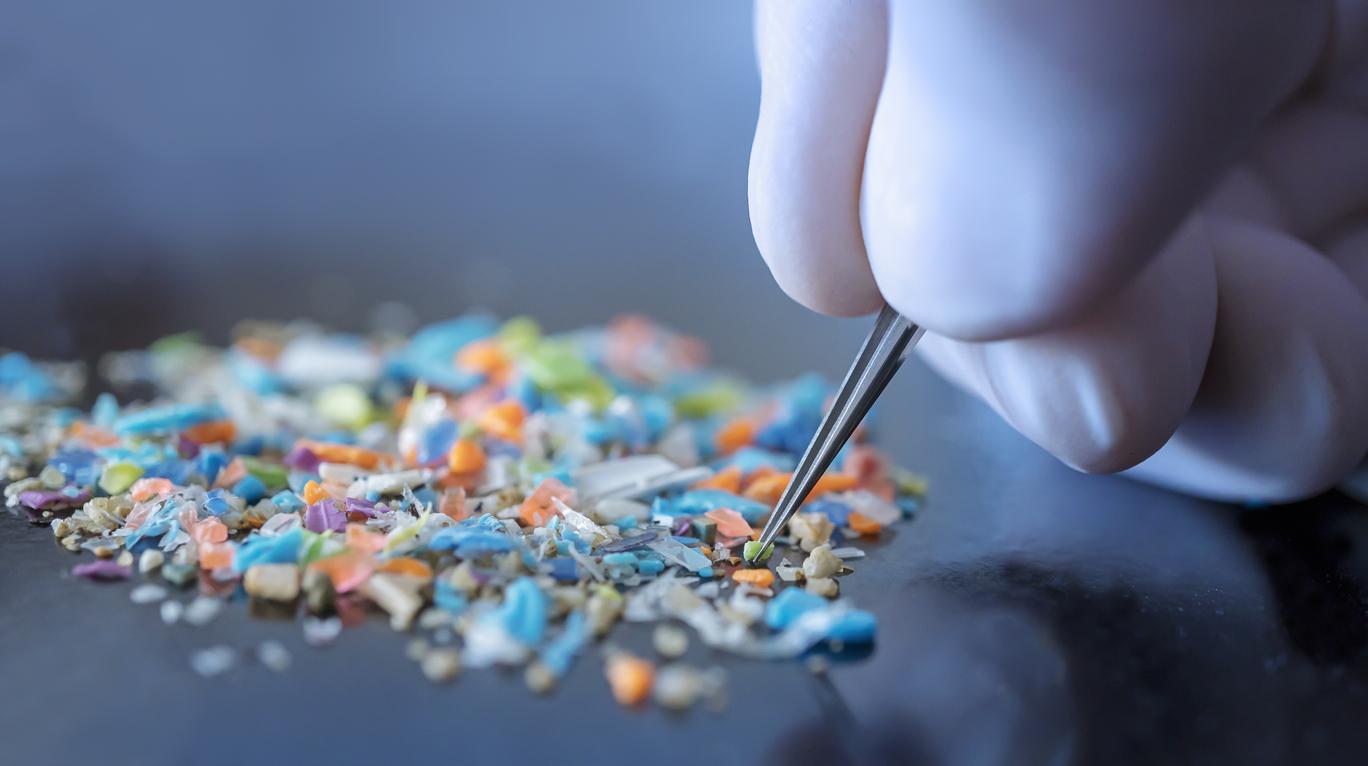Plastic microparticles have been found in tissue taken from human penises, raising questions about their effects on men’s sexual health.

- Scientists have discovered microplastics in penile tissue samples.
- They were taken from men who had undergone surgery to treat erectile dysfunction.
- These researchers are questioning the link between contamination by these pollutants and sexual disorders.
Microplastics are everywhere, even in the most intimate areas. In a article of IJIR, International journal of impotence researchAmerican researchers announce that they have found these micro-particles in human penises. This is the first time that scientists have made such a finding.
How do microplastics reach our bodies?
“Measuring less than 5 mm in diameter, microplastics have infiltrated atmospheric, freshwater and terrestrial ecosystems, penetrating common consumables such as seafood, sea salt and bottled beverages.the authors recall. Human exposure occurs through ingestion, inhalation and skin contact.” In their work, these specialists from the University of Miami wanted to prove that these micro-particles could be present in the male reproductive organ. To achieve this, they took samples of penile tissue from six men: all of them underwent surgery to implant an inflatable penile prosthesis to treat erectile dysfunction.
Different microplastics are present in human penises
In total, seven different microplastics were found in four samples, “polyethylene terephthalate (47.8%) and polypropylene (34.7%) being the most widespread”the authors say. Ranjith Ramasamy, the study’s lead author, says he was not surprised by the results, in an article published in The Guardian : “The penis is a vascular and spongy organ, so it is definitely vulnerable”. The high blood flow to the penis during erection could increase this vulnerability. Microplastics have been found in the smooth muscle of the penis.All we know is that they’re not supposed to be there, and we suspect that could lead to smooth muscle dysfunction.”he continues.
Links between erectile dysfunction and penile contamination by microplastics?
With his co-authors, he questions the effects of contamination of the body by these pollutants on health.Detection of microplastics in penile tissue raises questions about links between environmental pollutants and sexual health”the authors develop in their study. Ranjith Ramasamy calls on the scientific community to conduct further studies on the role of microplastics in male infertility and erectile dysfunction.
How to limit exposure to microplastics?
He recommends that the population pay attention to exposure to these pollutants by adapting their consumption habits.We need to be aware that drinking water from plastic water bottles, taking takeout food in plastic containers, and worse, microwaving food in plastic containers, contributes to having things in our bodies that shouldn’t be there, he warns. And the penis is the only organ that everyone pays attention to.” Previously, other studies have shown that these materials are present in sperm and testicles.















